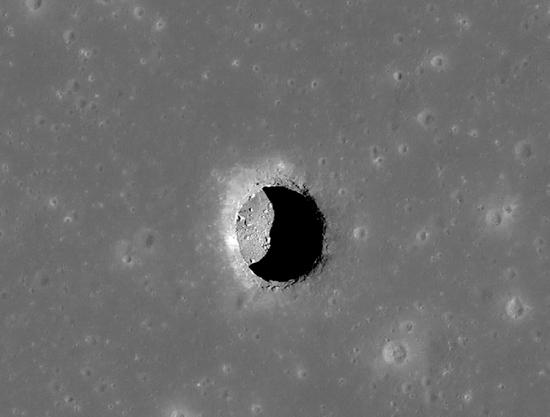The AG600, China's domestically developed seaplane model, has entered the final test-flight phase before getting its type certificate from the civil aviation authority, according to Aviation Industry Corp of China.
The State-owned aircraft conglomerate said in a news release on Tuesday that at a review meeting that day in Zhuhai, Guangdong province, organized by the Airworthiness Certification Center of the Civil Aviation Administration of China, experts decided the AG600 was ready to conduct test flights overseen by the CAAC.
AVIC did not reveal the schedule for the final test-flight phase, but sources close to the program said the company wants to finish it and obtain the type certificate by the end of this year.
Wu Peixin, an aviation industry observer in Beijing, said that if everything goes according to plan, the AG600 will be cleared for mass production next year and start deliveries later next year.
"The seaplane will be welcomed by local governments in coastal provinces and enterprises involved in the marine economy," he said on Wednesday. "Our country has about 18,000 kilometers of coastline, more than 6,500 islands and reefs, and a rapidly expanding marine industry, therefore it needs a domestically built amphibious plane capable of emergency-response support, personnel and supply transportation and long-distance maritime search and rescue."
Wu said that compared with helicopters and ships, the AG600 has a longer operational range and faster speed, and can be mobilized on short notice.
The AG600 is China's second amphibious aircraft model after the SH-5, which was developed in the 1970s for military purposes and has long since been retired from service.
It is one of three large aircraft to emerge from the nation's ambitious effort to become a top-tier player in the global aviation sector, joining the Y-20 strategic transport plane and the C919 narrow-body jetliner. Both the Y-20 and C919 are in active service.
With a length of 37 meters and a wingspan of 38.8 meters, the AG600 is roughly the size of a Boeing 737. It is the world's biggest amphibious aircraft, surpassing Japan's ShinMaywa US-2 and Russia's Beriev Be-200.
The aircraft is designed for both ground- and water-based takeoffs and landings.
It is capable of rescuing 50 people during a maritime search and rescue mission, and in a typical firefighting operation can collect 12 metric tons of water from a lake or sea within 20 seconds and use it to douse fires over an area of about 4,000 square meters, designers said.
Since the seaplane's debut takeoff in December 2017 in Zhuhai, four prototypes have been undertaking various kinds of tests across the country to verify its performance and compliance with airworthiness standards.
The most recent test took place last week in Nanchang, Jiangxi province, when a prototype successfully completed a high-temperature and high-humidity flight test that lasted around two and a half hours.


















































 京公网安备 11010202009201号
京公网安备 11010202009201号